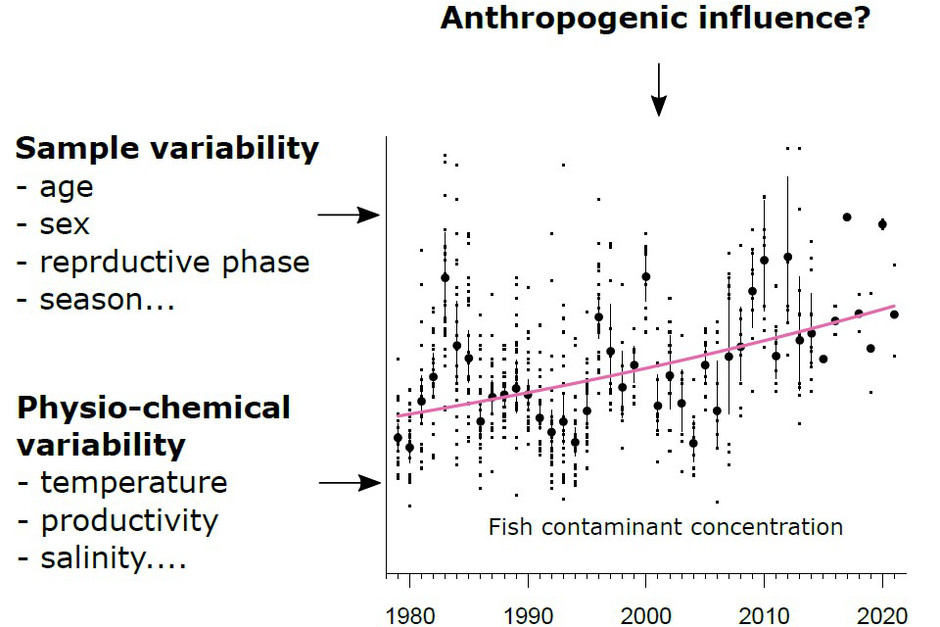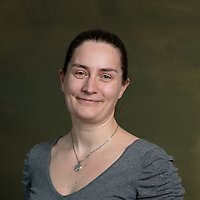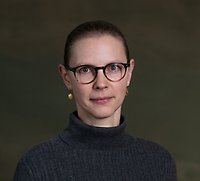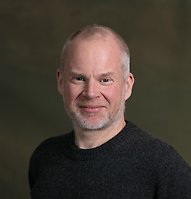Forskningsområden: Miljöanalys och -forskning
Forskningsämnen: Föroreningar
Project overview
Project period: 2022 - 2024
Participating departments from the museum: Department of Environmental Monitoring and Research
The Baltic Sea is of great regional social and economic value and the surrounding countries have an interest in understanding contaminant exposure in the sea. For some Baltic Sea contaminants, such as mercury, no direct link is seen between input loads and biota concentration. Recent studies therefore emphasize the importance of relating contaminant variability to changes in physio-chemical variables and, ecosystem structure and functioning. Our project aims to develop new methods to investigate drivers of contaminant variability in Baltic Sea biota across time and space using data from the Swedish National Monitoring Program for Contaminants in Marine Biota.
Project description
In this project, we develop novel statistical approaches that allow us to combine long-term monitoring data from sub-programs within the Swedish National Monitoring Program for Contaminants in Marine Biota to create a set of spatio-temporal predictive models for mercury in Baltic Sea biota. Our aim is not only to find the drivers of the temporal trend at one location as has been the focus of previous studies, but also to understand the variability across geographical distances. The samples for the Swedish National Monitoring Program for Contaminants in Marine Biota are collected at different locations and the development of tools for data interpolation is required to create a uniform dataset for analysis. Developed methods with a focus on mercury will be translatable to other contaminants and biota groups.
We believe the project will set a new standard for the use of data from the Swedish National Monitoring Program for Contaminants in Marine Biota in informing governing bodies on the importance of input loads versus other ecosystem changes on the biota contaminant concentration.

Funding
- Formas
Selected publications
- Sköld, M (2023), Trend detection with non-detects in long-term monitoring, a mixed model approach, Environmental Monitoring and Assessment, 195(6), 663, doi: https://doi.org/10.1007/s10661-023-11285-8
 External link.
External link. - Bouchet, S., Soerensen, A.L., Björn, E., Tessier, E., Amouroux, D. (2023), Mercury Sources and Fate in a Large Brackish Ecosystem (the Baltic Sea) Depicted by Stable Isotopes, Environmental Science and Technology, doi: https://doi.org/10.1021/acs.est.3c03459
 External link.
External link. - Bieser, J., Amptmeijer, D., Daewel, U., Kuss, J., Soerensen, A.L., Schrum, C. (2023), The 3D biogeochemical marine mercury cycling model MERCY v2.0 – linking atmospheric Hg to methyl mercury in fish, Geoscientific Model Development, 16 (9), 2649-2688, https://doi.org: 10.5194/gmd-2021-427
- Ammar, Y., Faxneld, S., Sköld, M., Soerensen, A.L. (2023), Long-term database for contaminants in fish, mussels, and bird eggs from the Baltic Sea, submitted
Project leader

Project member



Förste intendent
Environmental Monitoring and Research Environmental Analysis and Research
martin.skold@nrm.se

